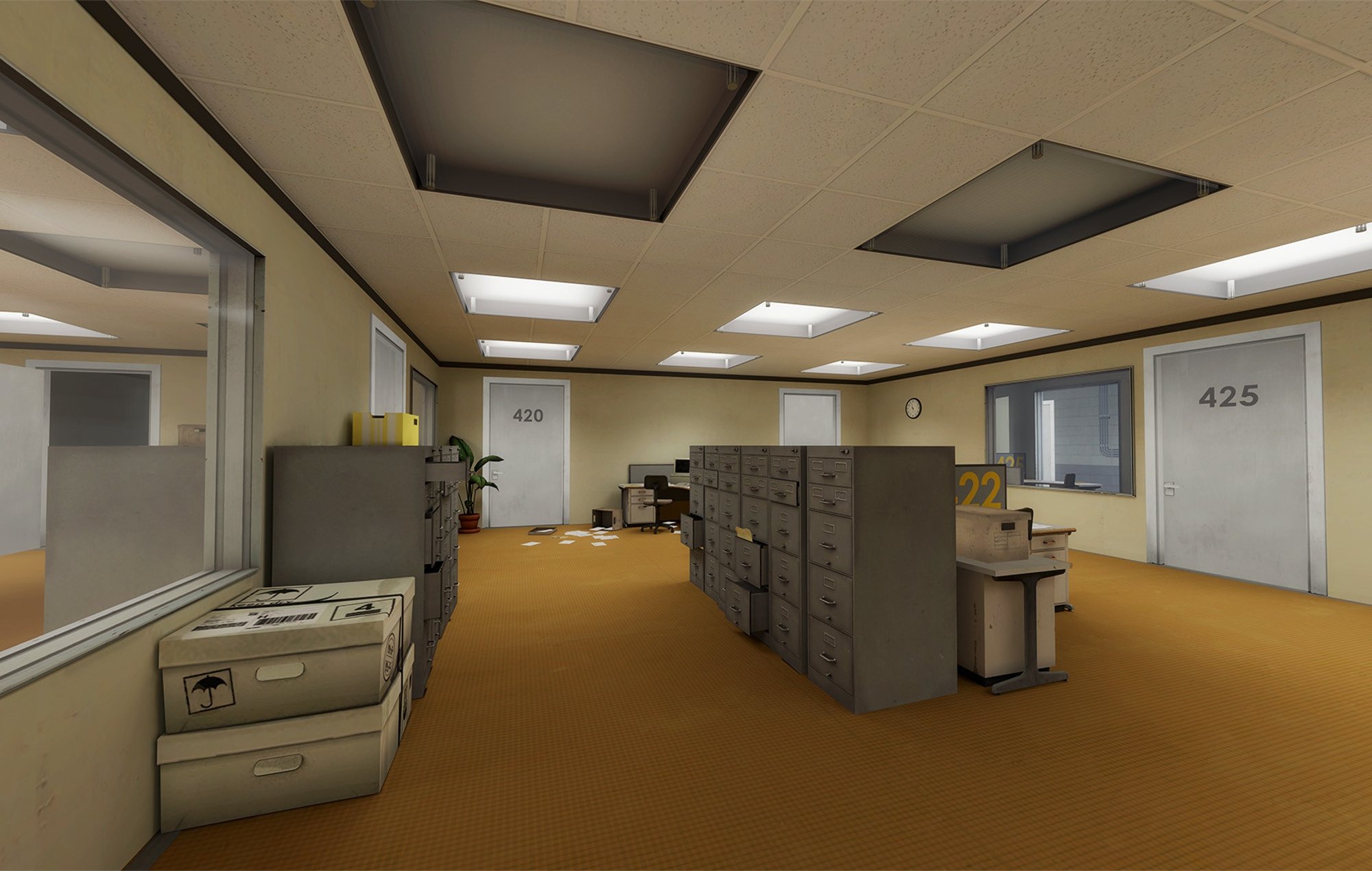Serial Experiments Lain, the Video Game: How A Visionary Game Got Lost in Time

In 1998, Serial Experiments Lain directed by Ryutaro Nakamura was aired for the first time.
This cyberpunk, matrix-breaking story blinded by melancholia and technological limitlessness is now one of the most impactful sci-fi animes of all time. During the same year, a PlayStation simulator game of the same name was released.
But, in contrast to the anime, it’s nearly unknown. The video game was in the making long before the anime, and the original plan was to release the game and the anime as a multi-media project that went hand-in-hand, but the anime got significantly more traction and made the game look like it was a response to its popularity.
The “storyline” of it, for a lack of a better word, is indescribable, and very confusing - it’s almost like the player accidentally logged into Lain’s computer. There are tons of incomprehensible files, of saved quotes and glimpses of her life as well as Touko’s. It’s a scary rabbit hole to fall into, but a fascinating, nearly ecstatic, dive for hardcore Lain lore devotees. Marketed as a non-linear visual novel, the sequences of this gameplay truly blur the lines between our reality and Lain’s fictitious parallel world.
Specifically, the player “lives” Lain by experiencing the endless load of files, which are similar to voyeur video snippets. It’s all a big puzzle, but trying to piece it together will lead to no avail: it’s impossible. It’s haunting how realistic the video game is, in terms of bringing the anime to life. It’s a cryptic, obscure amalgamation of audiovisual secrets, like a library of core memories.
Serial Experiments Lain’s relevance is eternal, especially in our over-saturated, over-consuming era where the Internet is king. The physical copy of the video game is hard to retrieve, but a web version is currently available thanks to the work of “ad” and their team of engineers, translators, and more.
About the Author:
Mizuki Khoury
Born in Montreal, based in Tokyo. Sabukaru’s senior writer and works as an artist under Exit Number Five.





